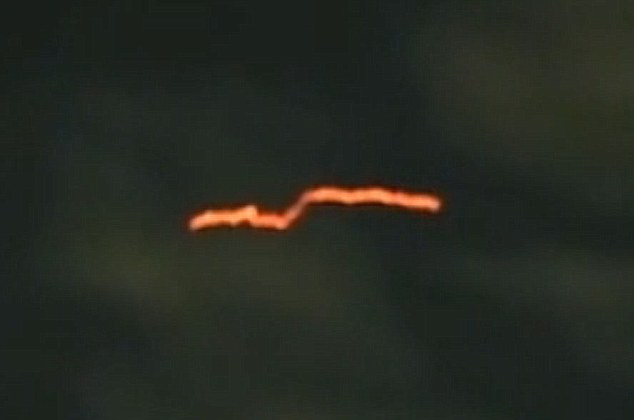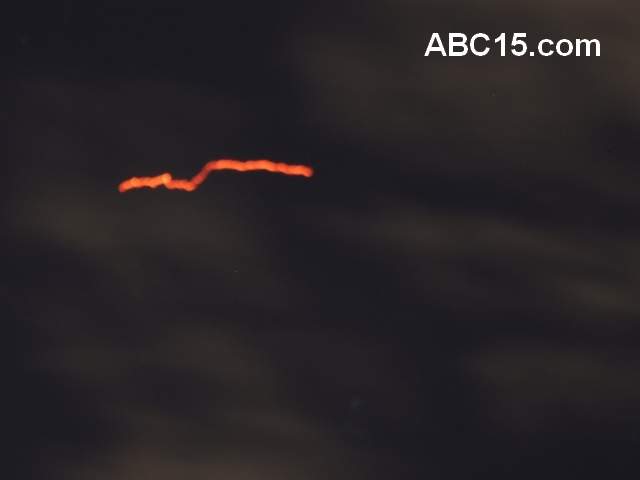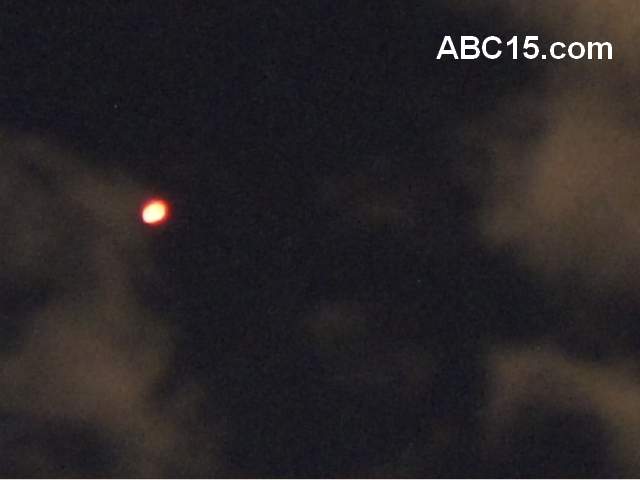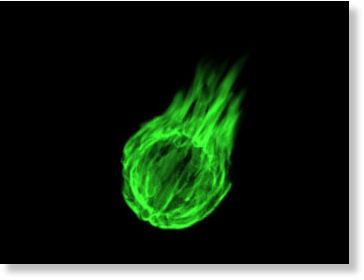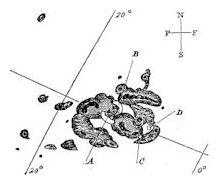
© R. Astronomical SocietySunspots sketched by R. Carrington on Sept. 1, 1859.
One hundred and fifty two years ago, a man in England named Richard Carrington discovered solar flares.
It happened at 11:18 AM on the cloudless morning of Thursday, September 1st, 1859. Just as usual on every sunny day, the 33-year-old solar astronomer was busy in his private observatory, projecting an image of the sun onto a screen and sketching what he saw. On that particular morning, he traced the outlines of an enormous group of sunspots. Suddenly, before his eyes, two brilliant beads of white light appeared over the sunspots; they were so bright he could barely stand to look at the screen.
Carrington cried out, but by the time a witness arrived minutes later, the first solar flare anyone had ever seen was fading away.
It would not be the last. Since then, astronomers have recorded thousands of strong flares using instruments ranging from the simplest telescopes in backyard observatories to the most complex spectrometers on advanced spacecraft. Possibly no other phenomenon in astronomy has been studied as much.
After all that scrutiny, you might suppose that everything about solar flares would be known. Far from it. Researchers recently announced that solar flares have been keeping a secret.
"We've just learned that some flares are many times stronger than previously thought," says University of Colorado physicist Tom Woods who led the research team. "Solar flares were already the biggest explosions in the solar system - and this discovery makes them even bigger."


